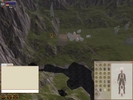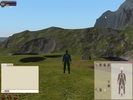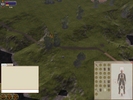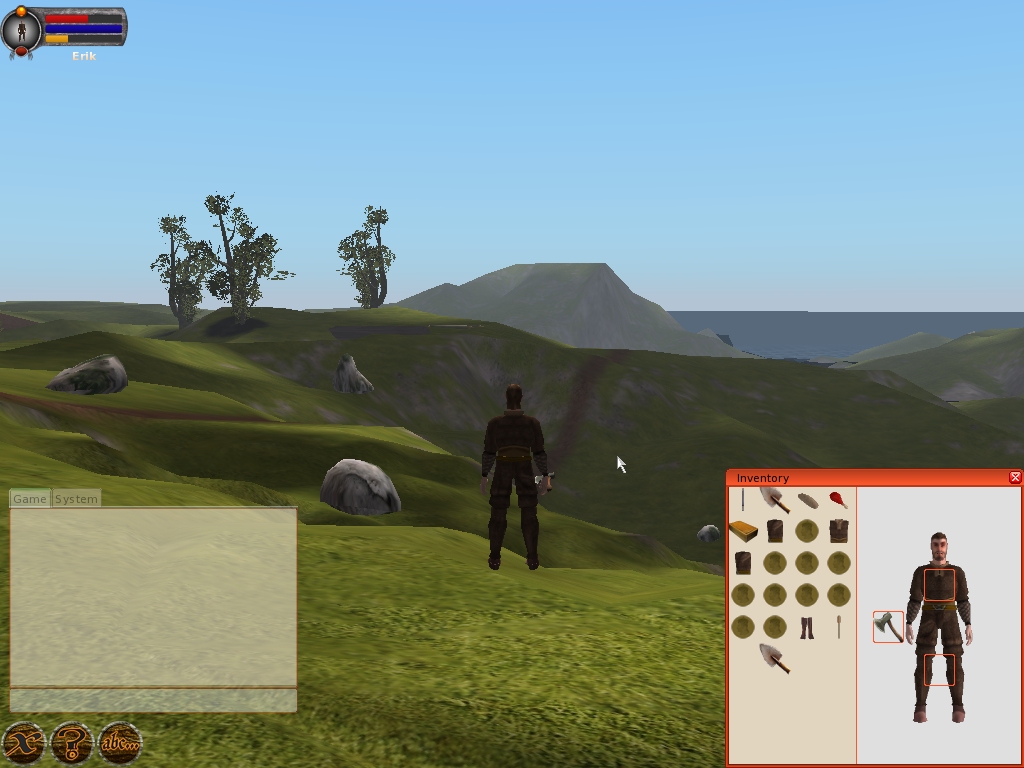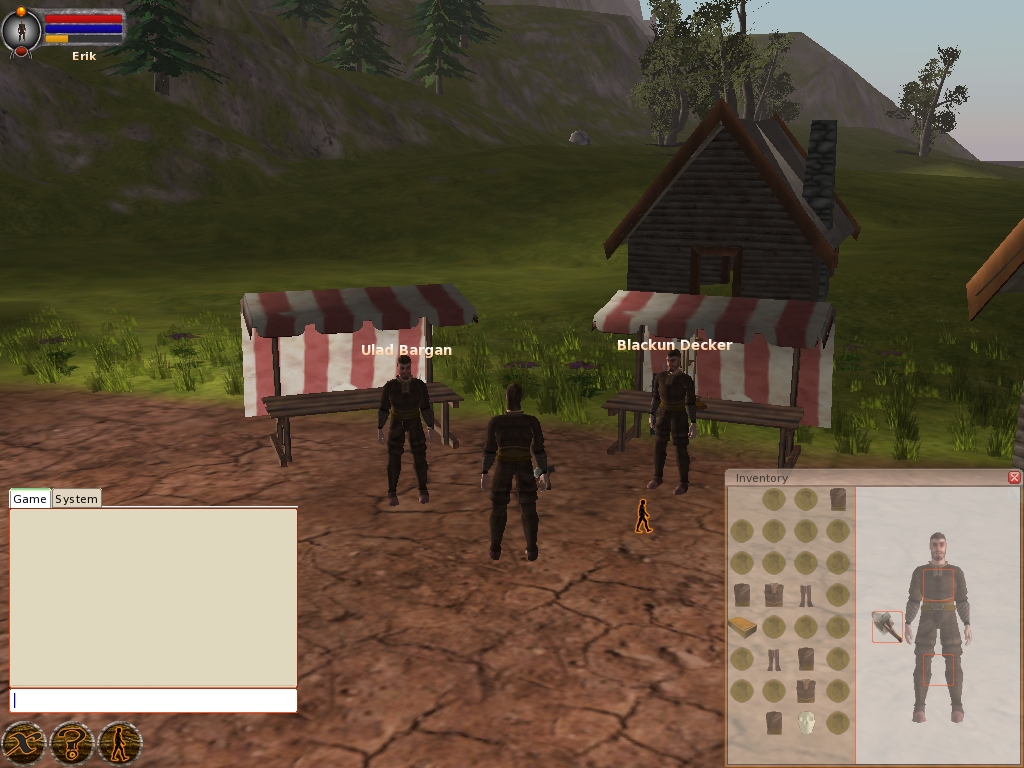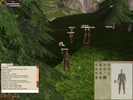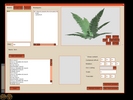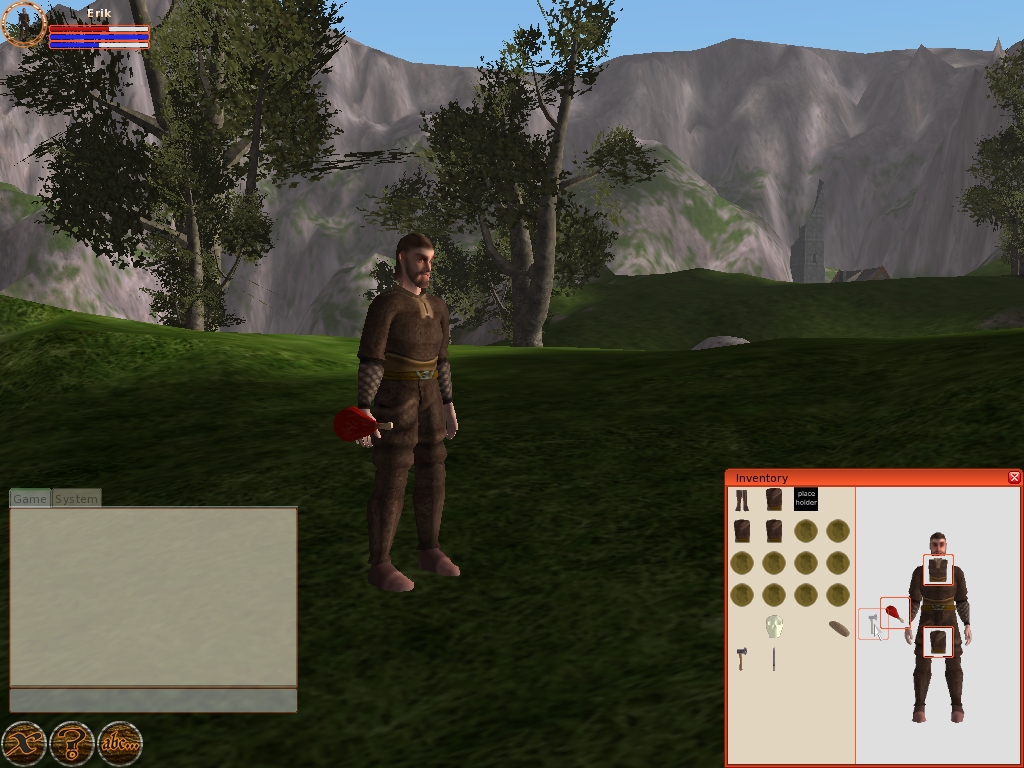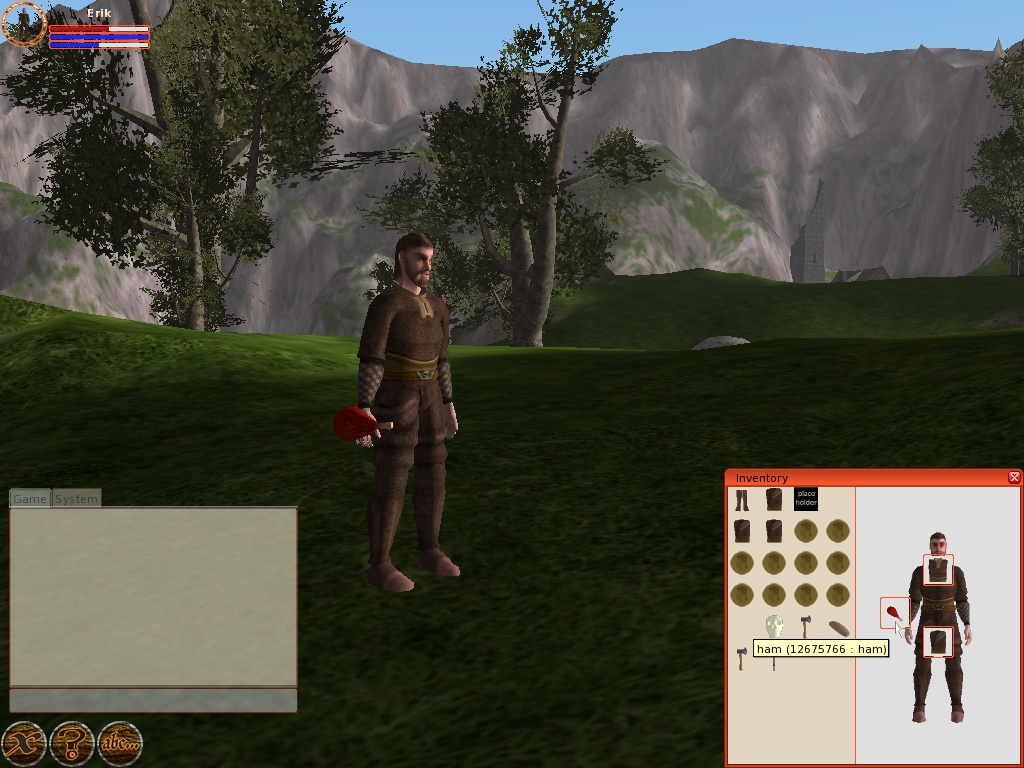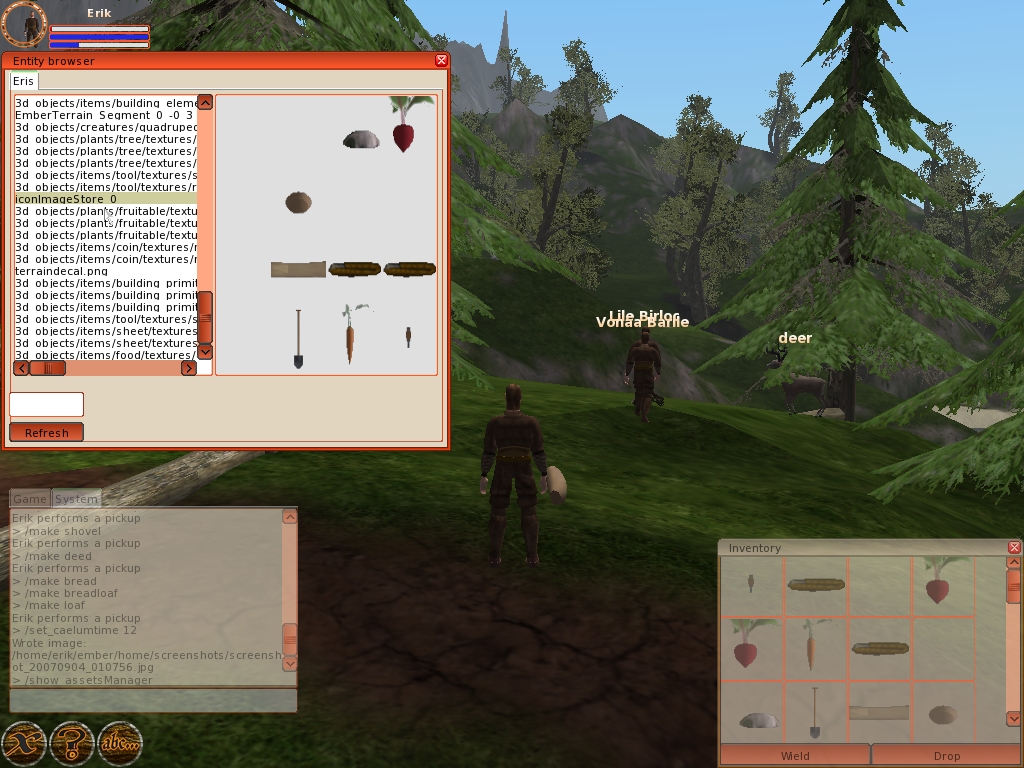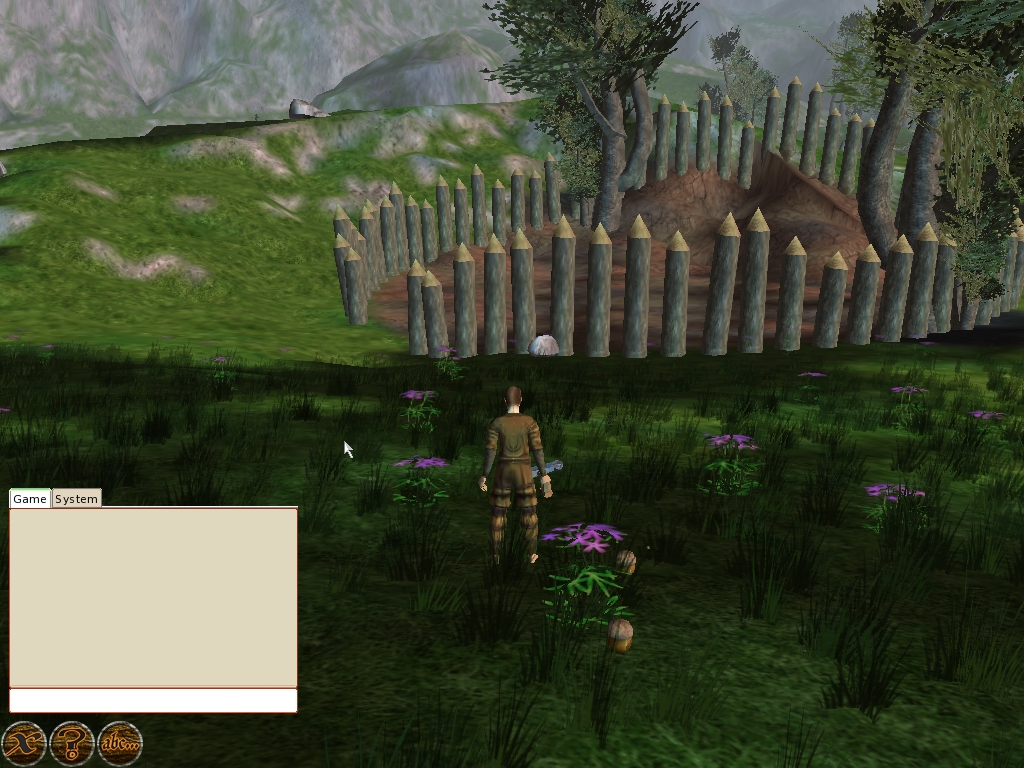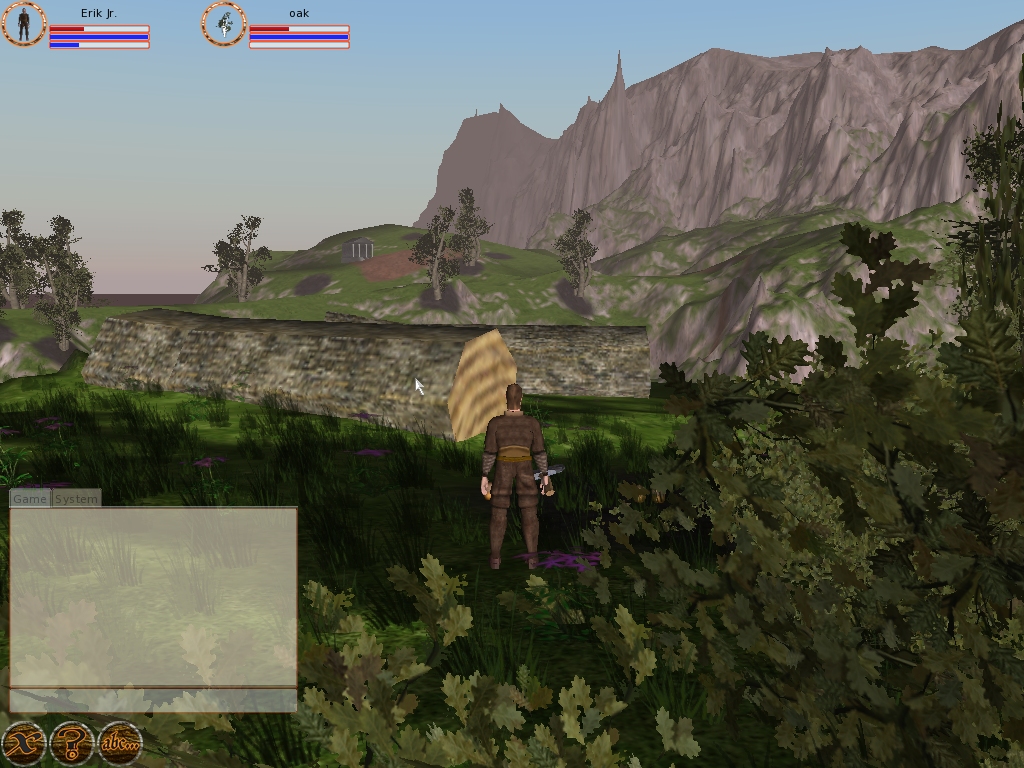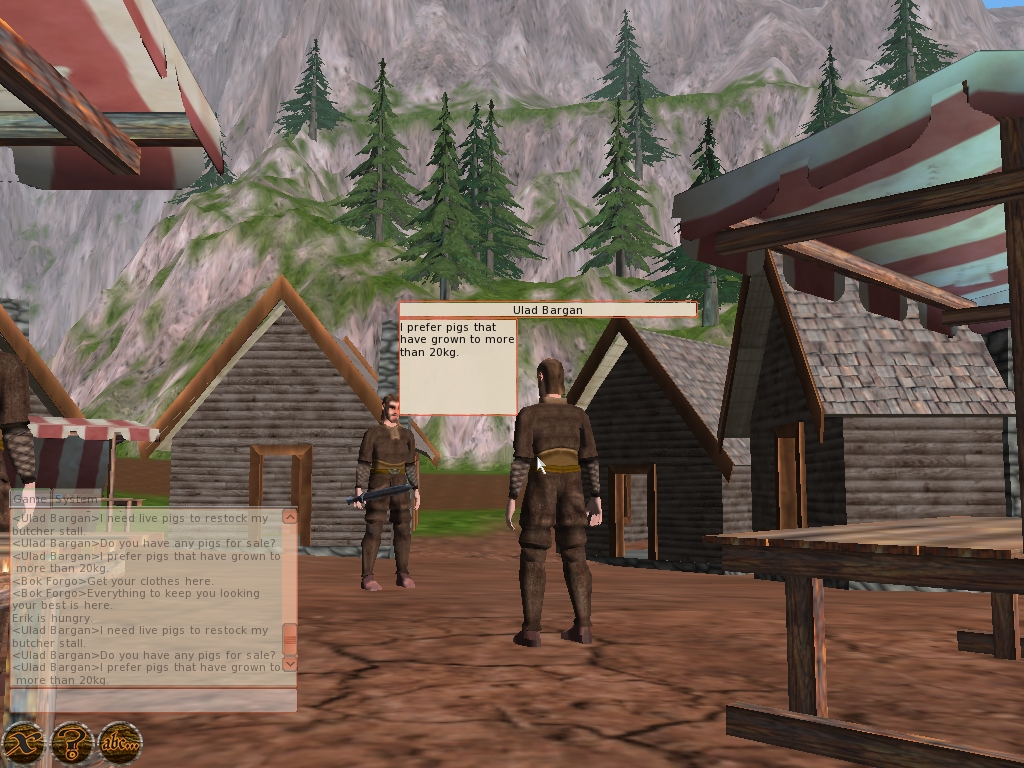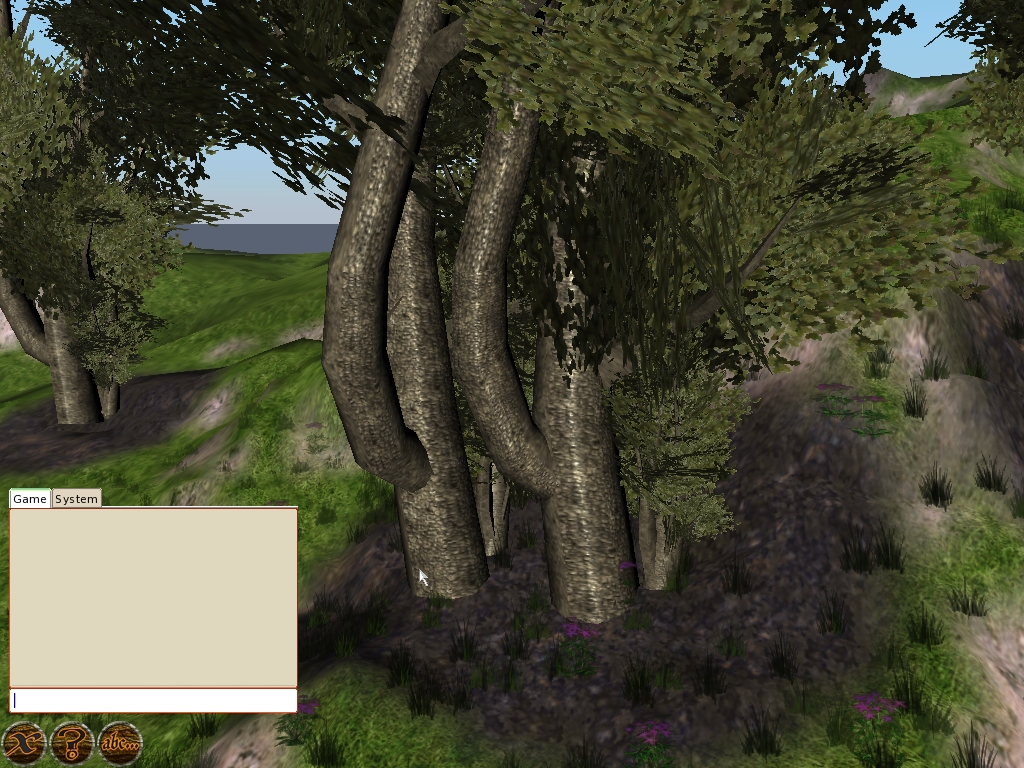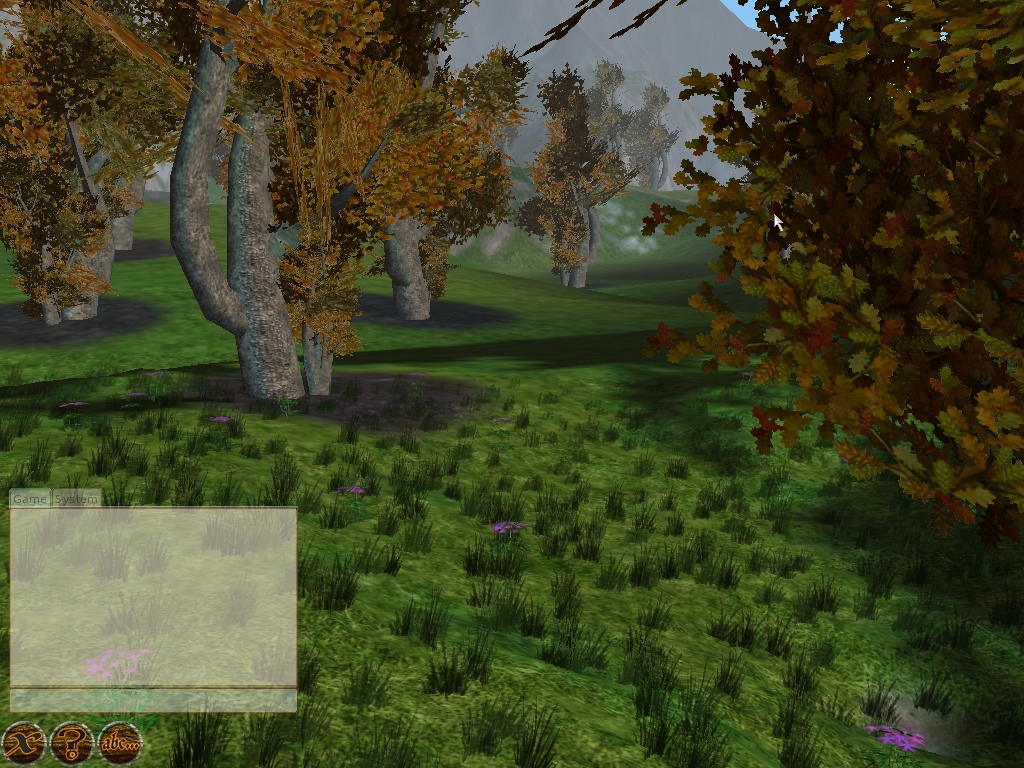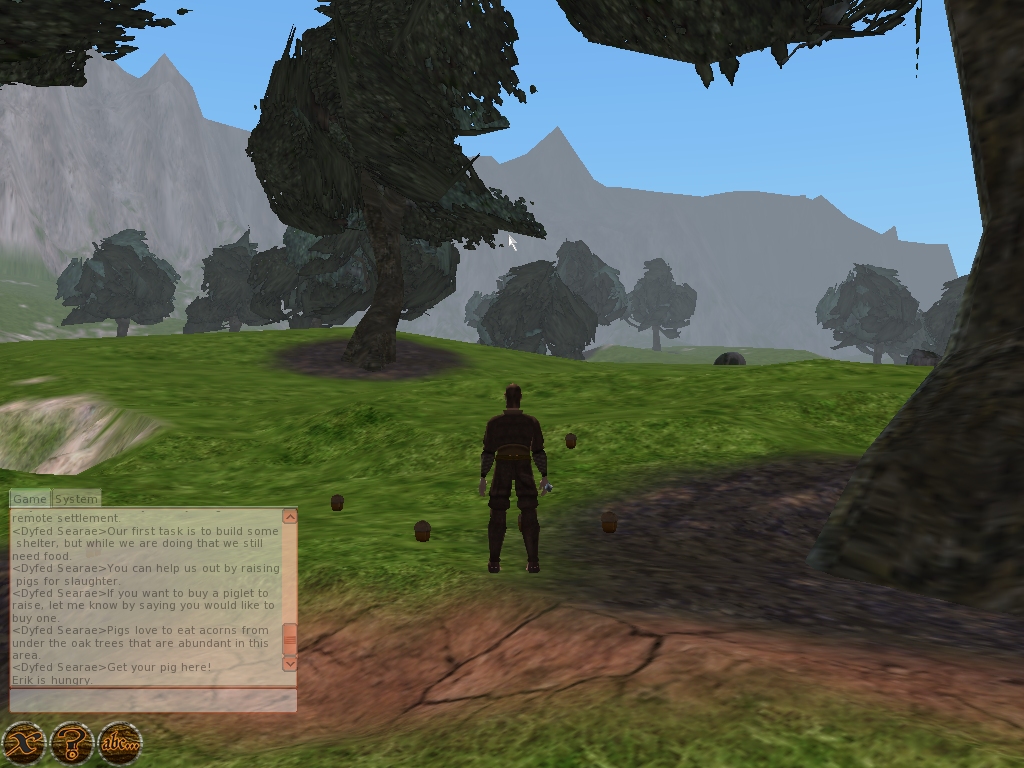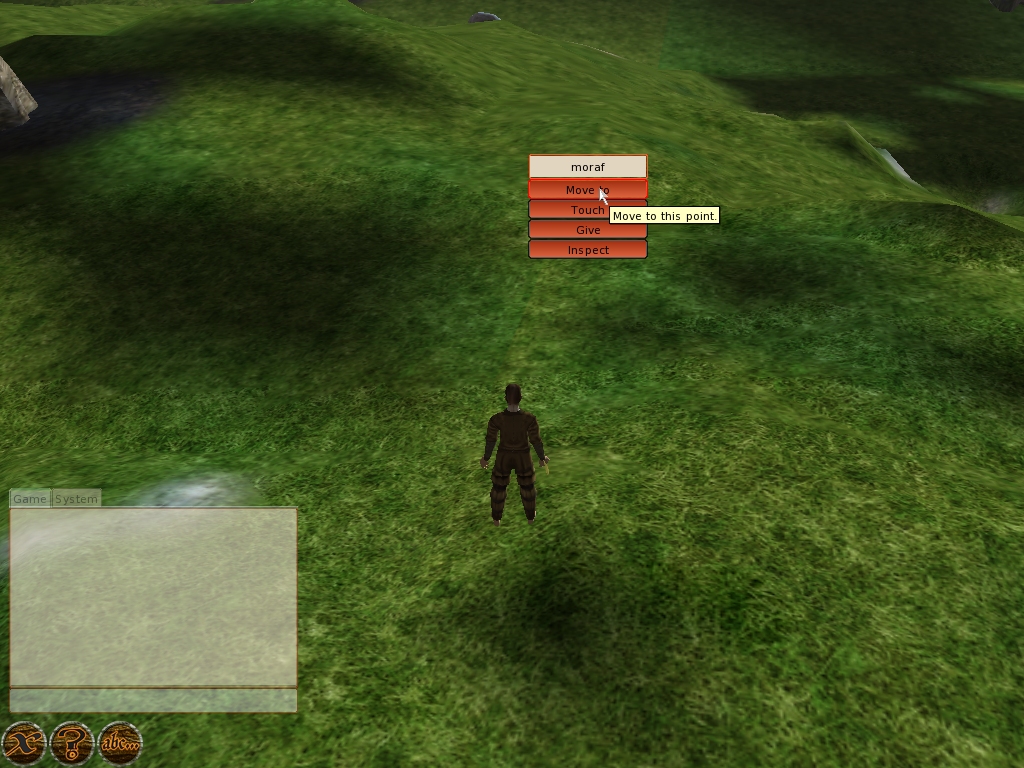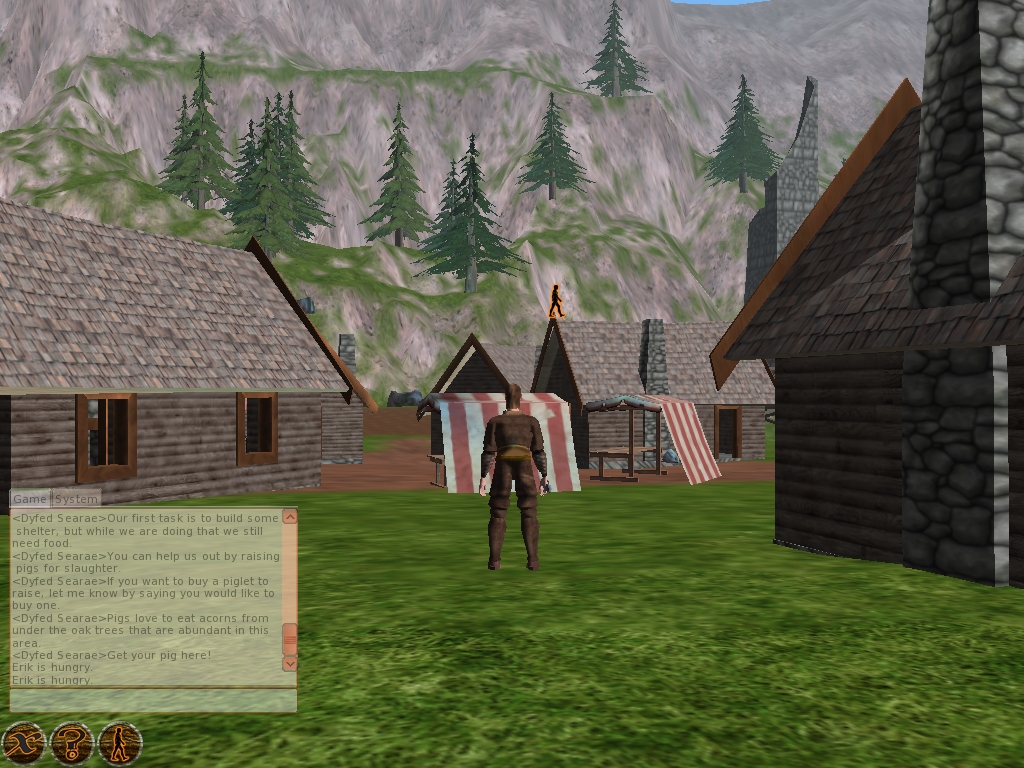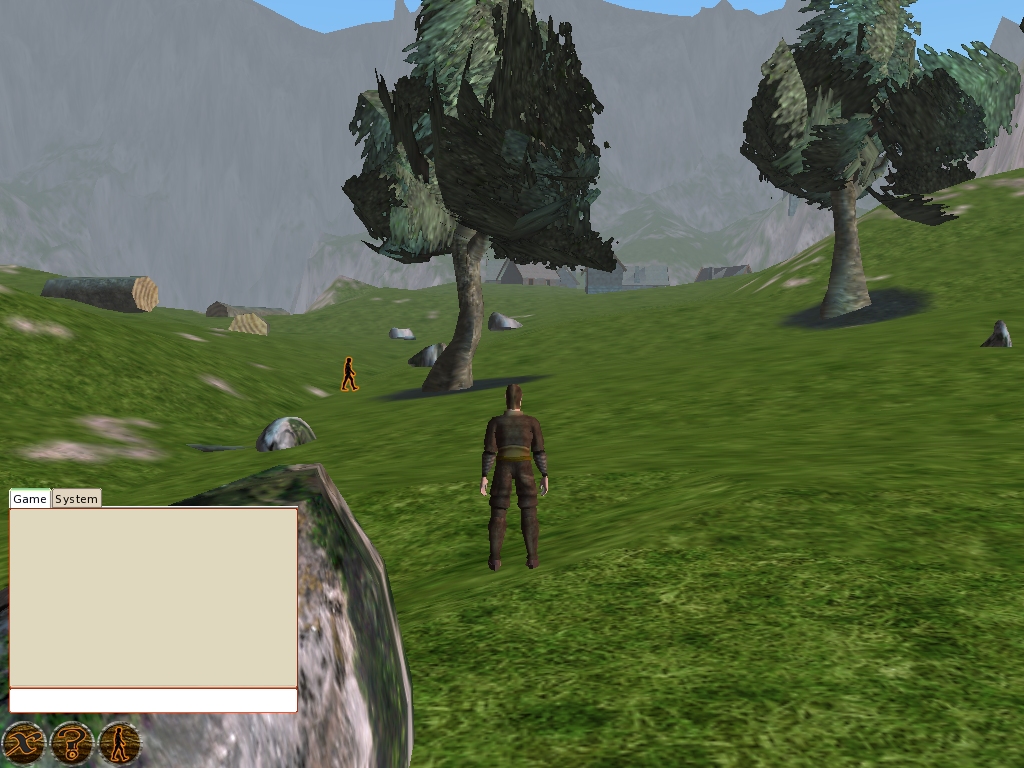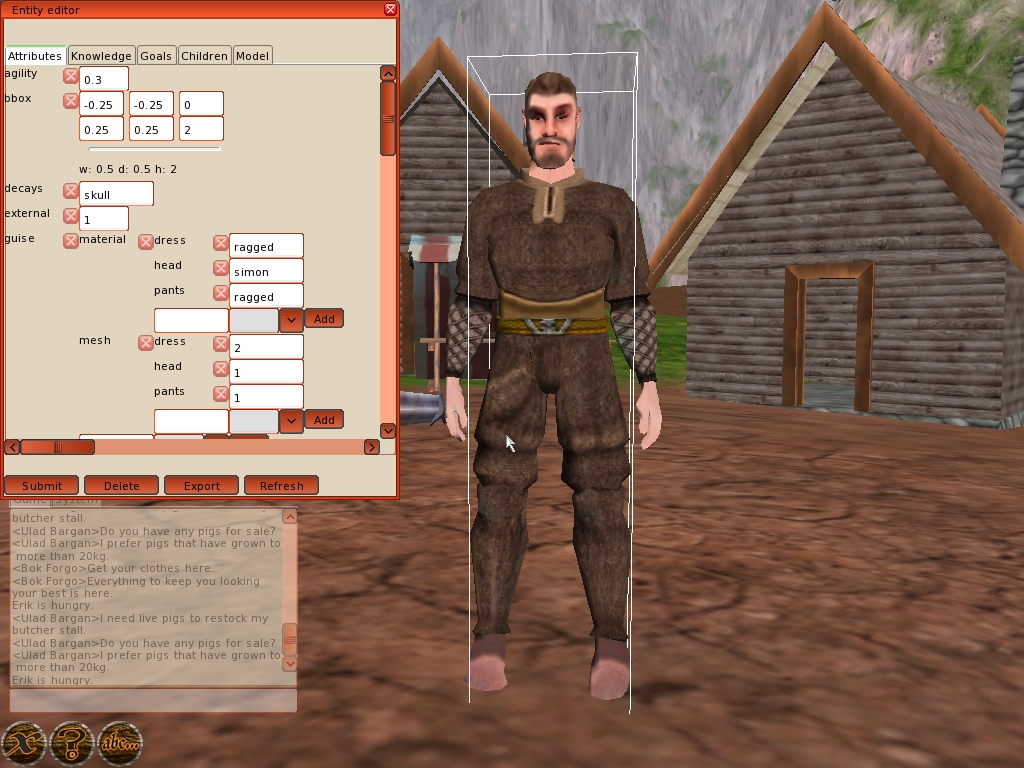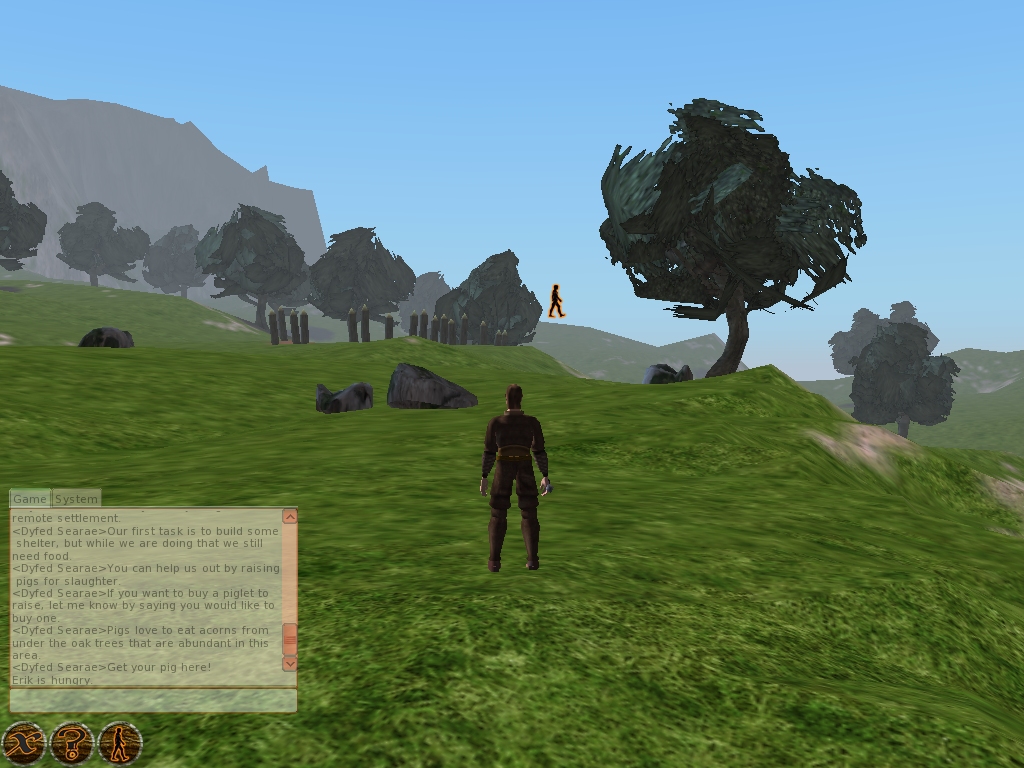
The last couple of weeks have been really hectic, as it's always before the end of the year. With not much free time work on Ember has suffered, but I've now finally gotten a stable release of 0.5.1, just in time for the holidays. This release adds a lot of new features, chief amongst them a much nicer interface with inventory and status widgets. As always there's a lot of bug fixes and improvements in almost all areas of Ember. Here's as small list of some of the improvements:
- totally refactored ingame chat system with better performance and functionality
- support for both Lua 5.0 and 5.1
- a new icon system
- a new inventory system with drag and drop equipment
- status widgets for both the avatar and current targets
- update of all materials, with support for normal and shader maps for most entities
- refactored terrain system with support for both shader and fixed pipeline functionality
This can't work in the long run, and I'm looking at trying to better embrace the "release early, release often" motto, even if it means that some releases will bring regressions with them. Since I'm the only developer I'm really dependent on good bug reporting from end users. Lately I've been seeing some increased activity on the Launchpad bug tracker, which is really great, since it's just the kind of input I need from the users.
So I will try to get a release of 0.5.2 out not too soon, even if that release might break something. I'm also looking at perhaps using the Google BreakPad for even better crash reporting.
The new release of Ember also uses a lot of Jayr's new materials with support for normal and specular maps for most surfaces. This looks really good and hold great promises for the future as I move to include a better foliage rendering mechanism into Ember (after all, the mason world is an outdoors world, so natural foliage rendering seems almost like a requirement). It also brings the used media up to 90~ Mb.
With future versions of Ember we need to refactor the media system so that world developers can specify their own media repositories in a better way. Currently Ember gets all its media from one place and places it statically in ~/.ember/ember-media-0.5.1. However, we would like to let each world provide its own media if so desired, so that when you connect to one server you might download (through wfut) media specific to just that server.
For this release I haven't had time to set up a Windows build environment and provide a working windows binary. If anyone else feel better suited for this task I would greatly appreciate it, else I will do this myself after the holidays.

